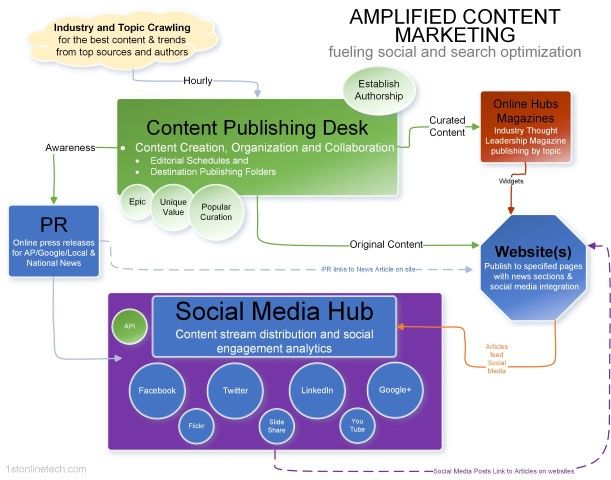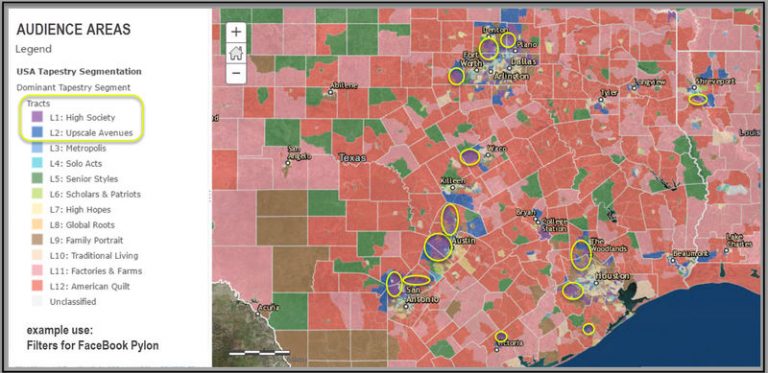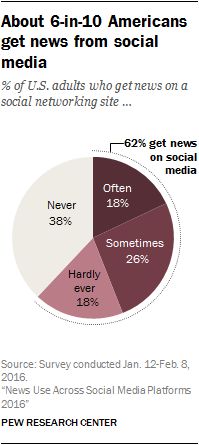Storytelling to the Next Level We now have the ability to use dynamic content, data and intelligent automation to improve customer experiences Customers value experiences, and those experiences often come in the form of stories. Selfies, social feeds, chats and influence stats grab consumers’ attention, who in turn share their personal encounters. We have Snapchat […]
local
New Mapping Tools Create Content that Attracts Audience
Innovations in modern cartography offer new tools for real estate professionals to connect with current and future clients. Mapping technology has come a long way since the days Mapquest and Garmin ruled the lot. A host of open-data and proprietary tools offers real estate pros—both residential and commercial—new ways to share data about properties, local […]
News Use Across Social Media Platforms 2016
How people are using News Articles on Social Media Platforms An ongoing study by Pew Research Center from 2013 to 2016 A majority of adults (62%) get news on social media, and 18% do so often A majority of U.S. adults – 62% – get news on social media, and 18% do so often, according […]
Google Adds Product Ads to Image Search
Image Results Have Strong Potential for Retailer Growth Product Listing Ads will now be shown in image search. The change affects both mobile and desktop searches, although Google described the news in a blog post Monday that was titled “New ways to be there and be useful for mobile shoppers.” About 34% of online retail […]
The New York Times acquires influencer marketing agency HelloSociety
The New York Times, like other local news organizations, is getting into the digital marketing game. If you can’t beat them, join them, or buy them The New York Times is expanding its native ad studio with the acquisition of HelloSociety, a digital marketing agency owned by Science, Inc. Los Angeles-based Science both invest in […]





